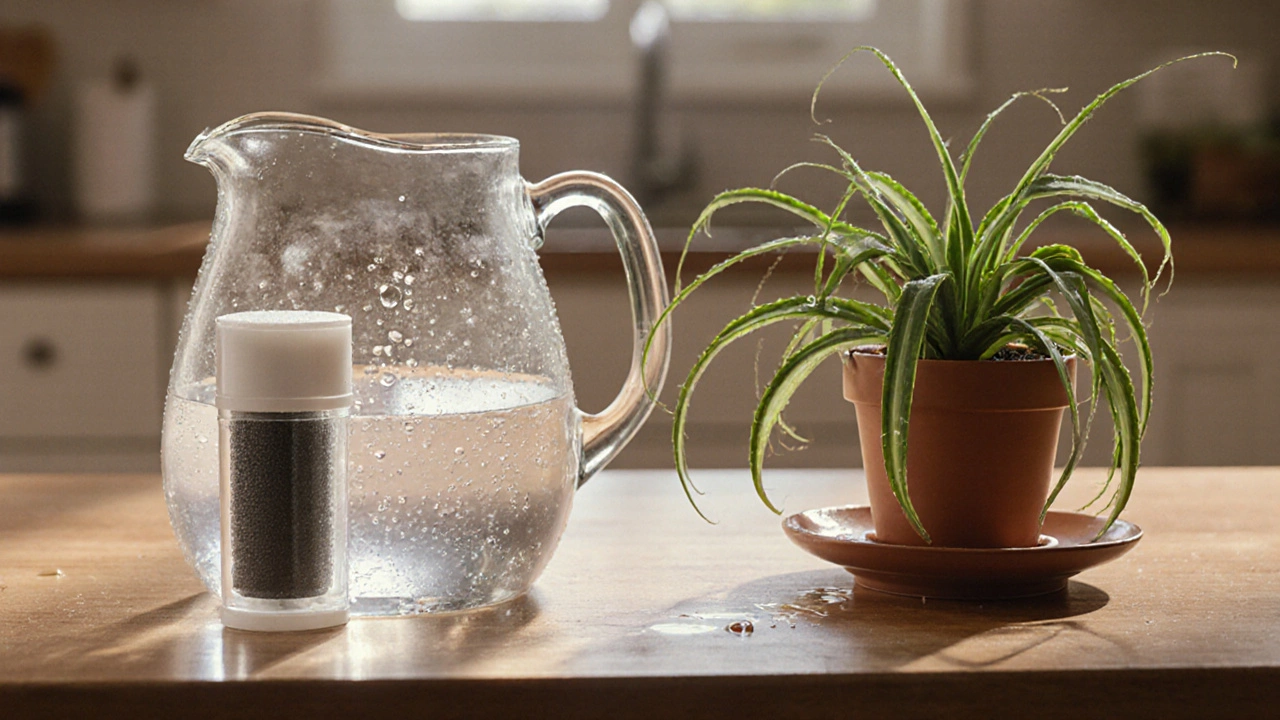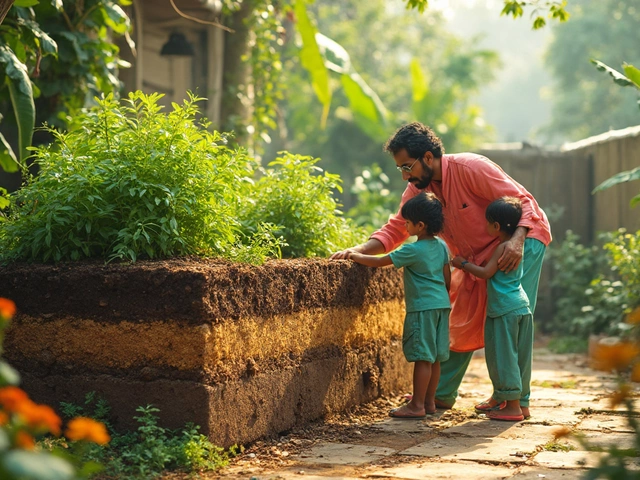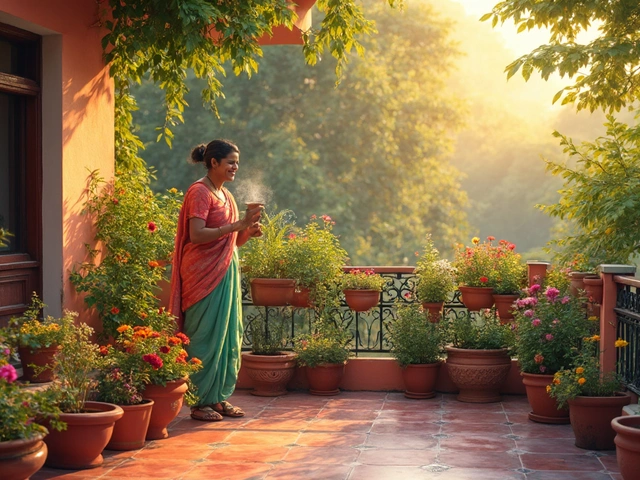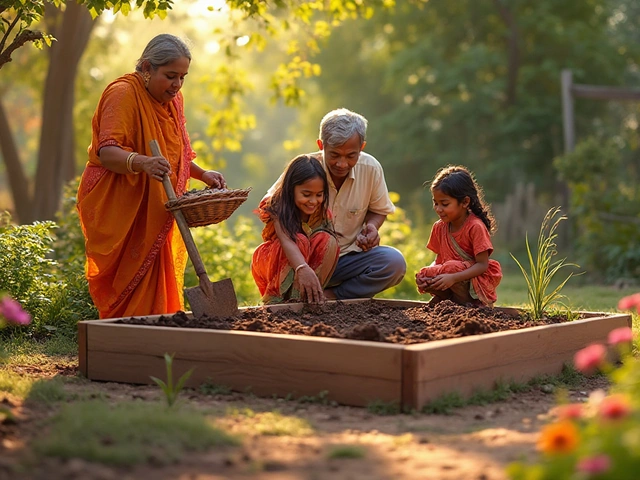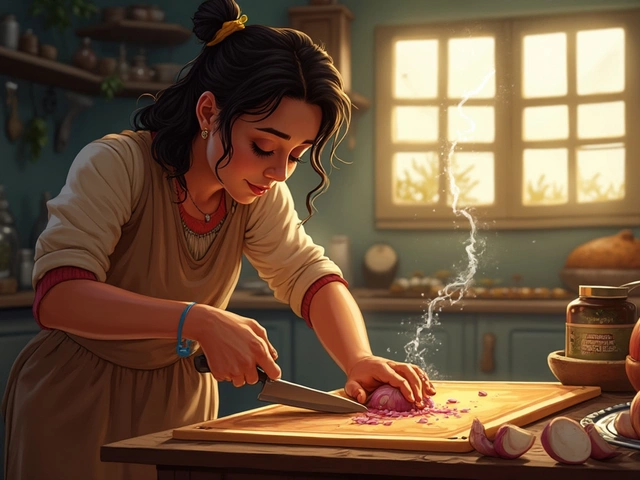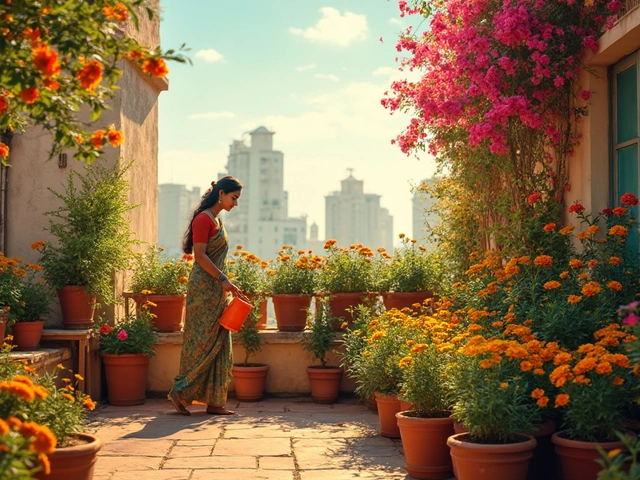Houseplant Water Selection Tool
Choose Your Plant Type
Select the plant you're caring for to get personalized water recommendations
Water Recommendations
Key Takeaways
- Tap water works for most plants, but let it sit 24hours to evaporate chlorine.
- Rainwater is low‑mineral and ideal for sensitive foliage.
- Distilled or reverse‑osmosis water prevents mineral buildup on calciphile‑sensitive species.
- Adjust pH only when you grow plants with strict pH needs, like ferns or orchids.
- Use a soil‑moisture check before each watering to avoid over‑ or under‑watering.
Choosing the right liquid to hydrate your indoor garden can feel like a guessing game. Do you just turn on the tap? Should you collect rainwater? Or is pricey distilled water the secret? This guide breaks down the most common water sources, explains how each interacts with houseplant roots, and gives you a simple decision table so you can stop guessing and start thriving.
Understanding What Plants Really Need
All houseplants share two basic water‑related needs: Water for houseplants provides the dissolved minerals, oxygen, and temperature balance that roots use to absorb nutrients. When that balance is off, you’ll see yellowing leaves, wilting, or white crust on the soil surface.
Two factors matter most:
- Mineral concentration: Too many calcium or magnesium salts can clog soil pores and cause leaf tip burn.
- pH level: Most indoor foliage prefers a slightly acidic to neutral range (pH5.5‑7.0). Extreme pH shifts affect nutrient availability.
Knowing these, you can match a water source to the plant’s tolerance.
Common Water Sources and Their Profiles
Below are the four most popular liquids you’ll find in a typical Auckland home.
- Tap water is supplied by the municipal network, typically treated with chlorine or chloramine and has a moderate hardness (40‑150mg/L CaCO₃). It’s cheap and convenient but may contain chemicals that stress sensitive plants.
- Rainwater is naturally soft, low in dissolved minerals, and free of chlorine, making it ideal for delicate foliage. The main downside is seasonal availability and potential pollutants from rooftops.
- Distilled water is produced by boiling water and condensing the steam, removing virtually all minerals and chemicals. It’s the purest option, but the lack of minerals can be a drawback for plants that benefit from trace nutrients.
- Reverse‑osmosis (RO) water passes water through a semi‑permeable membrane, stripping out most ions and organic compounds. Similar to distilled water but often retains a tiny amount of beneficial micronutrients.
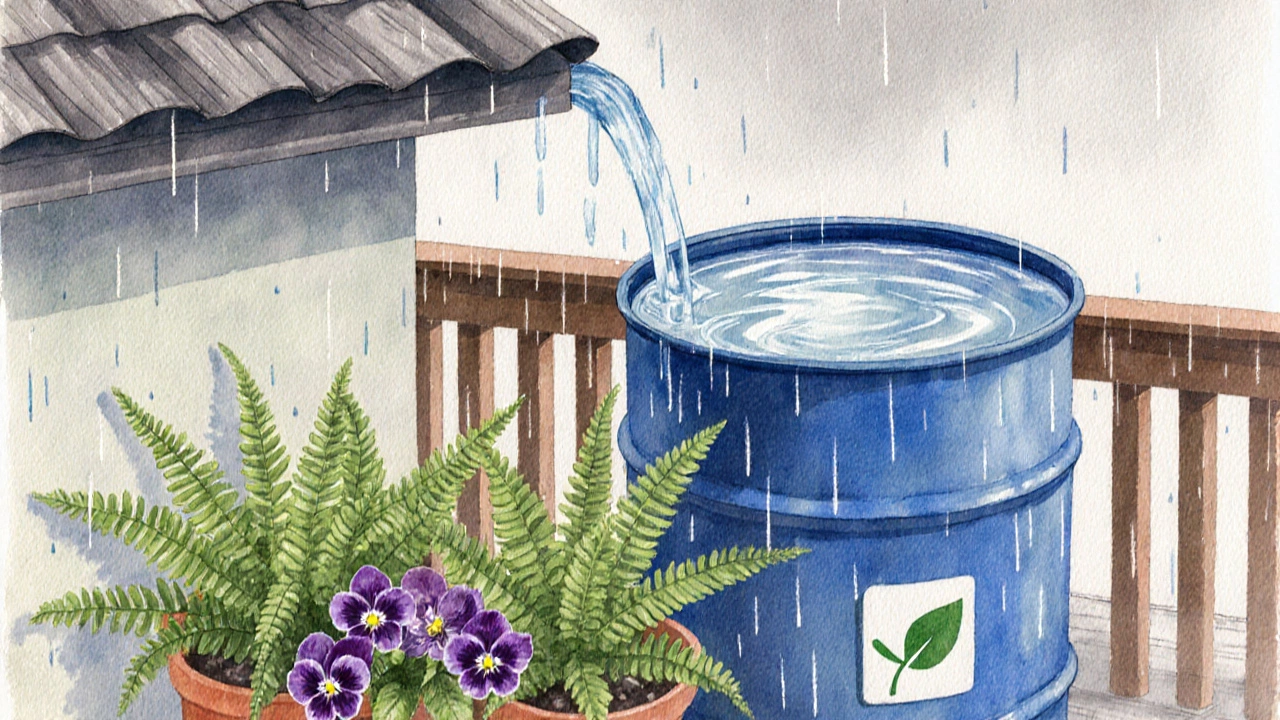
Side‑by‑Side Comparison
| Source | Cost | Mineral Content | Typical pH | Best For |
|---|---|---|---|---|
| Tap water | Low | Medium (hardness 40‑150mg/L) | 6.5‑7.5 (varies) | Most common houseplants (spider plant, pothos, ZZ) |
| Rainwater | Free (collection needed) | Very low | 5.5‑6.5 | Calcium‑sensitive plants (ferns, African violets) |
| Distilled water | Medium‑high (bottles) | None | Neutral (7.0) | Plants that hate mineral buildup (cacti, succulents with porous soil) |
| RO water | High (install system) | Very low | 6.0‑7.0 | Orchids, bromeliads, and other epiphytes |
How to Treat Tap Water for Sensitive Plants
If you’ve decided that tap water is your go‑to, there are two simple tricks to make it safer:
- Dechlorinate: Fill a clean container, let it sit uncovered for 24hours, or run the water through a charcoal filter. This evaporates chlorine and reduces chloramine.
- Soften for hard water: Add a teaspoon of white vinegar per gallon, or use a commercial water‑softening solution rated for plants. The acidity helps lower pH and dissolve mineral crystals.
These steps turn ordinary tap water into a plant‑friendly brew without extra cost.
When to Choose Rainwater or Distilled Options
Some plants are picky about the minerals they absorb. If you grow any of the following, consider switching to a softer source:
- Ferns - love low‑mineral water; mineral buildup causes frond brown tips.
- African violets - thrive on rainwater; tap water often leads to leaf spotting.
- Orchids - require a very gentle water profile; RO water mimics their natural mist.
Collect rainwater in a covered barrel, filter out debris, and use it within a week to avoid stagnant odors. For distilled water, purchase in bulk if you have many mineral‑sensitive plants; a gallon costs roughly $5NZD.
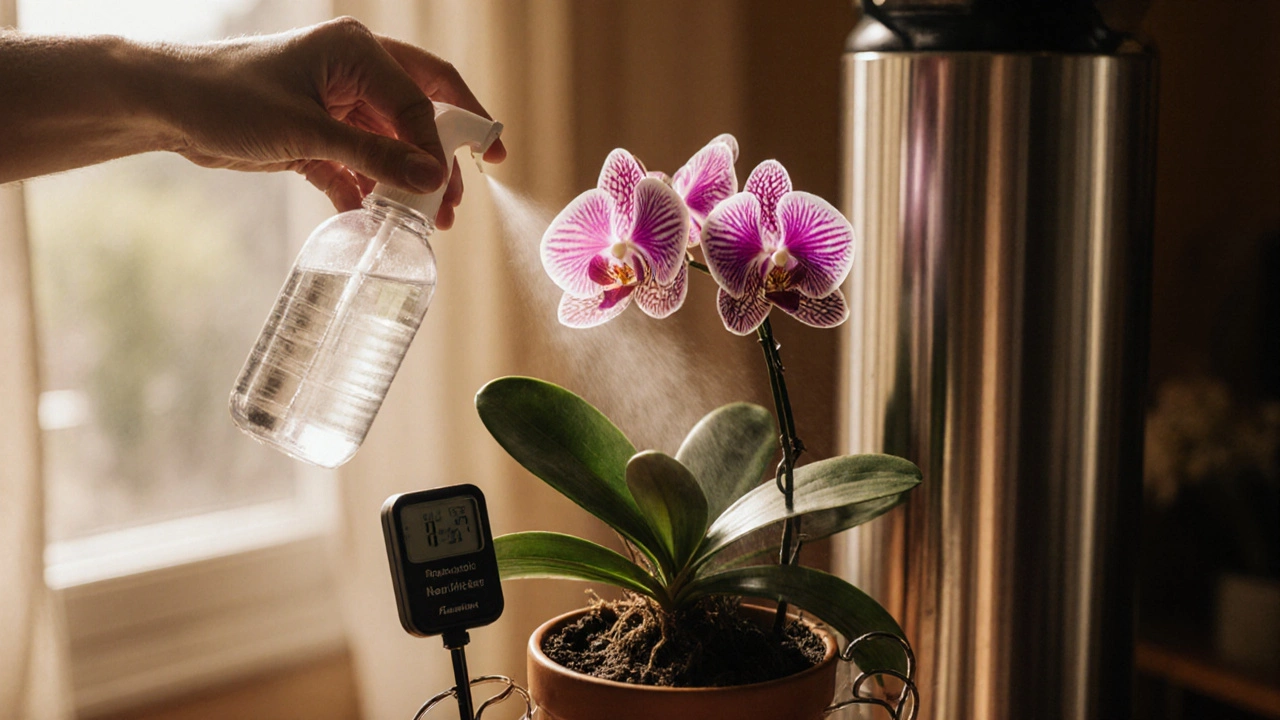
Practical Watering Routine
Regardless of the source, the best water for houseplants isn’t just about chemistry-timing matters. Follow this routine:
- Check soil moisture 2inches below the surface using a finger or a cheap moisture meter.
- If dry, water until water drains out the pot’s bottom holes. This flushes excess salts.
- Allow the top inch of soil to dry before the next watering; most indoor plants need a 5‑7day cycle.
- Adjust frequency in winter when growth slows and the indoor air is drier.
Consistent checks keep you from over‑watering, which is the number‑one cause of indoor plant decline.
Troubleshooting Common Issues
Even with the right water, problems pop up. Here’s a quick cheat‑sheet:
| Symptom | Likely Cause | Fix |
|---|---|---|
| White crust on soil surface | Mineral buildup from hard tap water | Switch to dechlorinated water or add vinegar |
| Yellow leaf edges | Over‑watering or low pH | Let soil dry longer; test pH and adjust |
| Brown tips on foliage | Chlorine or chloramine stress | Let tap water sit 24h before use |
| Wilting despite moist soil | Root rot from constant soggy conditions | Repot in well‑draining mix; water less often |
Keep a notebook of watering dates, water source, and plant response. Patterns become clear fast.
Frequently Asked Questions
Can I use bottled spring water for my houseplants?
Spring water often contains minerals that are fine for many leafy plants, but the cost quickly adds up. If you already have a bottle at hand, it’s okay, but tap water (dechlorinated) is usually just as good and far cheaper.
Do I need to water my succulent with distilled water?
Most succulents tolerate regular tap water as long as the soil dries completely between waterings. Distilled water is only necessary if your tap water is extremely hard (above 200mg/L CaCO₃) and you notice white crust forming.
How often should I collect rainwater for indoor use?
Collect during any rain event and store in a clean, covered container. Use the water within a week to avoid algae growth. For a modest apartment, a 50‑liter barrel usually provides enough for a month of watering.
Is it okay to add fertilizer to distilled water?
Yes-because distilled water lacks nutrients, you can dissolve a balanced liquid fertilizer (e.g., 10‑10‑10) at half the recommended strength. This prevents nutrient shock while giving the plant what it needs.
Will boiling tap water make it safe for all houseplants?
Boiling removes chlorine but not chloramine, which many municipalities use. Letting water sit or using an activated‑carbon filter is more reliable for removing both chemicals.
Armed with the right water choice and a simple watering routine, your indoor garden will stay lush and healthy year‑round. Experiment with the sources above, track results, and you’ll quickly spot the perfect match for each of your houseplants.
